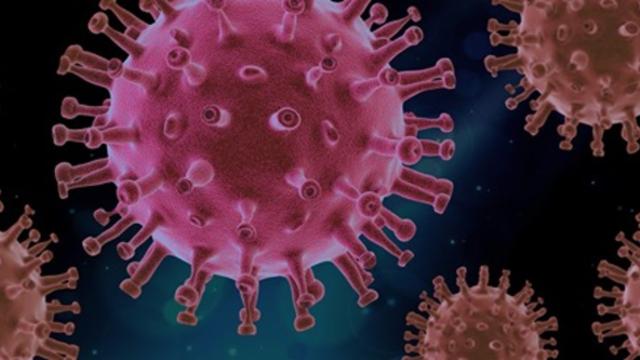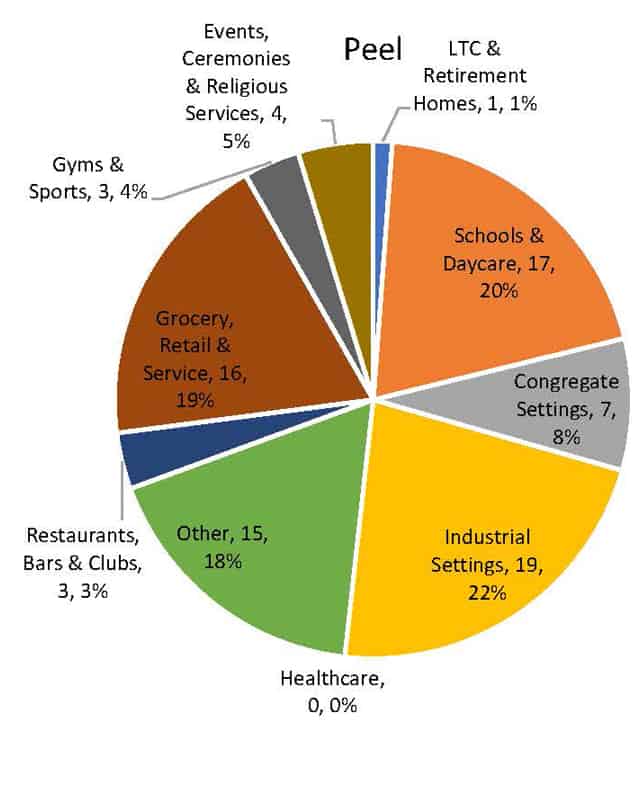Data suggests restaurants, gyms not responsible for spread of COVID-19 in Peel
Published October 29, 2020 at 10:31 pm

It’s been nearly three weeks since the Province relegated certain regions in Ontario to a modified version of Stage 2.
On October 10, after a record number of new cases of COVID-19, the Province moved Toronto, Peel Region, and Ottawa, three areas with a significant number of cases back to a modified version of Stage 2.
These changes prohibited restaurants and bars from offering dine-in services, and forced gyms in the three regions to close completely.
Nine days later, the Province relegated York Region to the same, modified version of Stage 2.
However, during the days and weeks that followed, cases have continued to climb, leading some to question the efficacy of the Province’s decision.
Today (October 29) Ontario reported 934 new cases, bringing the seven-day average to nearly 900—however, 100 reportedly should have been attributed to previous days’ totals.
On October 29, the Ontario COVID-19 Science Advisory Table released a series of graphs that indicate the origin of cases in each region since August 1.


For Peel, despite the fact additional restrictions were imposed on them, restaurants, bars, clubs, and gyms collectively only accounted for seven per cent of cases.
According to the data, the areas most responsible for spreading the virus are industrial settings—22 per cent; schools—20 per cent; and grocery, retail, and services—19 per cent.
Many residents have been critical of the Province’s decision to impose additional restrictions on businesses, without capping class sizes.
When these regions were originally relegated to Stage 2, the plan was for it to last just 28 days. However, with more regions being added—Halton could be next—it’s difficult to say how long these restrictions will remain in place.
insauga's Editorial Standards and Policies advertising





